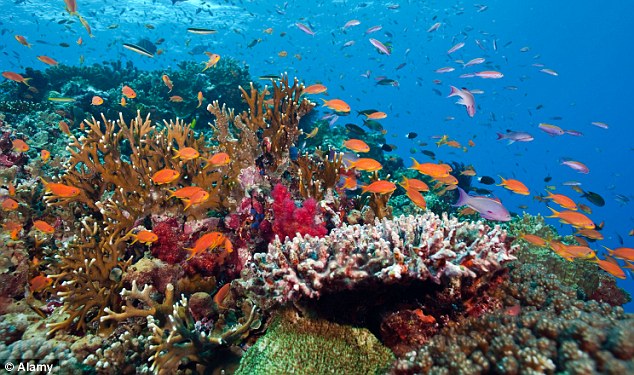Humans live in landscapes of make-believe. We spin fantasies. We devour novels, films, and plays. Even sporting events and criminal trials unfold as narratives. Yet the world of story has long remained an undiscovered and unmapped country. It’s easy to say that humans are “wired” for story, but why? …Jonathan Gottschall offers the first unified theory of storytelling. He argues that stories help us navigate life’s complex social problems—just as flight simulators prepare pilots for difficult situations. Storytelling has evolved, like other behaviours, to ensure our survival.
Advertising for The Storytelling Animal on Google books.
Jonathan Gottschall’s remarkable book The Storytelling Animal: How Stories Make Us Human gives teachers ammunition to help students understand why they should value how they respond emotionally and analytically to stories. Shanae Clarke and I shared this message with Year 8s as they read Tim Winton’s beautiful story of Blueback, set on Western Australia’s world heritage site of Ningaloo Reef.

In this blog, Shanae and I want to share with you a writing activity we carried out with the students which aimed at exploring how much each character in Winton’s novel valued or practised an aggressive disinterest in the reef. As the tutor, I wanted to support her in challenging students to walk in someone else’s shoes.
